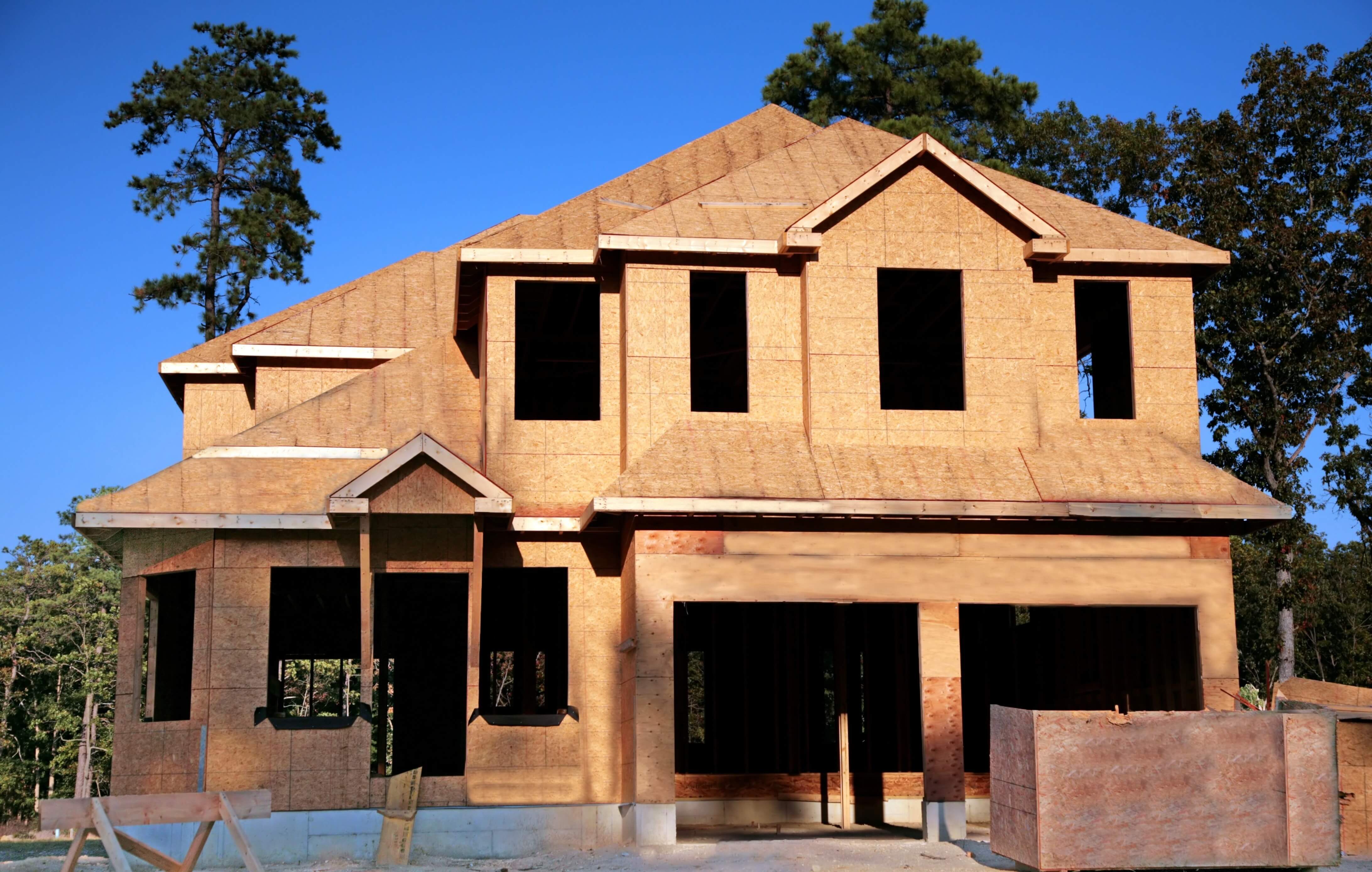Building a new home is a thrilling adventure that gives you the opportunity to craft a personalized environment that suits your lifestyle and needs. However, this process often involves a challenging partnership with different specialists, with architects playing a crucial role in making your dreams tangible. https://longshaw.com/southern-highlands-new-home-builder/ shapes the aesthetic and functional aspects of your new home but also guarantees compliance with local building codes and serves your ongoing demands.
In this guide, we will examine how to successfully partner with architects during your residential design phase. From understanding their role in new home construction to choosing the right materials and architectural features, we will provide you with essential information that will help you manage every phase of constructing your ideal residence. Whether you are planning a personalized design or utilizing a ready-made plan, knowing how to articulate your vision and requirements to your architect is essential for a favorable conclusion.
Grasping the Residential Building Procedure
Building a new home is an stimulating yet complex task that involves multiple stages and crucial decisions. It starts with initial planning and blueprint, where property owners collaborate with designers to create a vision that satisfies both aesthetic wishes and practical requirements. This phase includes selecting the perfect floor plan, choosing on energy-efficient features, and investigating the latest style innovations for 2025. Bringing on an designer at the outset can greatly impact the entire course of the endeavor and make certain that the house is customized to the unique requirements of the household.
Once the planning stage is complete, attention shifts to obtaining the essential building licenses and understanding land use laws. This step is key, as it guarantees compliance with local regulations and avoids potential delays. During this period, it is also crucial to settle the financial plan, assess potential funding options, and spot unexpected costs that may arise during construction. Comprehensive planning in this stage can alleviate many of the usual challenges that new builders face.
As construction begins, the focus shifts to overseeing the building procedure effectively. This stage involves coordinating with contractors, adhering to timelines, and upholding dialogue with the designer to address any modifications or challenges that come up. Understanding what to anticipate during each stage and being proactive in avoiding delays can greatly affect the success of the project. Effective collaboration throughout the house building process will help realize the envisioned dream home to life.
Key Considerations for Your New Home
When beginning the task of creating a new home, it is essential to start with a definite understanding of your requirements and preferences. Thinking about your lifestyle, family size, and future plans will guide your decision-making. This involves assessing the usability of the floor plan, such as the number of sleeping areas and bathrooms, as well as the importance of communal spaces. Identifying these factors early on can assist you communicate effectively with your architect and ensure that the design matches with your goals.
Creating a budget is another key factor that significantly influences the home-building process. Having a well-defined financial plan not only aids in managing overall costs but also helps identify areas where you may want to indulge or conserve. Be aware for hidden costs that can arise during construction, from permits to landscaping, and ensure you have a contingency budget in place. This allows for adaptability in your spending as unexpected expenses often occur in new home construction.
Finally, geographic area plays a vital role in your new home’s worth and suitability. Take the opportunity to explore neighborhoods, zoning laws, and accessibility to services such as schools, parks, and shopping centers. Understanding the real estate patterns in these areas can also provide knowledge into future property value. Aligning your home design with its surroundings will improve both your living experience and financial stake over time.
Navigating Construction and Relocating
As your fresh home construction approaches finalization, it is essential to stay engaged with both your designer and contractor. Regular updates guarantees that any last-minute changes or modifications are effectively managed, keeping alignment with your plans. This is also the time to familiarize yourself with the construction timeline to expect potential setbacks. Being proactive in handling concerns can assist keep your endeavor on track.
Once construction is complete, the final walkthrough becomes a crucial step. During this inspection, it's vital to check for any incomplete tasks or issues. Make a comprehensive checklist that includes all areas of the home. Pay close attention to aspects such as fittings, finishes, and overall performance. This procedure not only provides you peace of mind but also helps identify aspects that may require fixes before you truly move in.
After resolving any problems from the walkthrough, it's time to prepare for your relocation. Consider developing a relocation plan that covers transport arrangements, packing methods, and the timeline for settling into your fresh home. Don't overlook to consider landscaping and exterior appearance, as initial looks can significantly enhance the look of your new residence. Taking these actions will help an easy transition and enable you to fully experience your new home to the fullest.

